HISTORY OF BLACKBIRDING REMEMBERED
Australian South Sea Islander National Recognition Day
August 25, 2024
Blackbirding: A Dark Piece of History Remembered
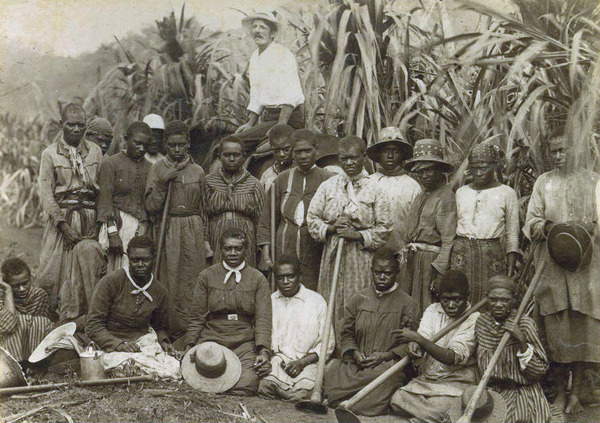
Australian South Sea Islander National Recognition Day is significant as it recognizes the the arrival of the first South Sea Islanders to Queensland, Australia and a distinct cultural group that has become a part of the fabric of Australia's population and heritage. The arrival of the first South Sea Islanders was part of the practice of "blackbirding", or slave-trading, that went on in the mid to late 1800s in the South Pacific. Blackbirding refers to the recruitment, trickery, and outright stealing of people from their native lands forced to labor in distant lands. Labor conditions and pay were notoriously poor to inhumane.
This period of South Pacific history tangles with American history here: the US Civil War was dragging on and dramatically impacting worldwide supplies of sugar and cotton. Furthermore, as the US Civil War came to a close and it was apparent that the South would never be the same again, people from the Confederacy that had the means to escape found their way to the new places to practice their old ways: whether it be cash crops or slave trading. In response, new areas of production were opening up in new parts of the world like Australia, Fiji, and Hawaii. The new areas of production needed cheap laborers. Pacific Islanders, primarily from 80 different islands in Melanesia and Polynesia, were blackbirded and forced to work on new sugar and cotton plantations.

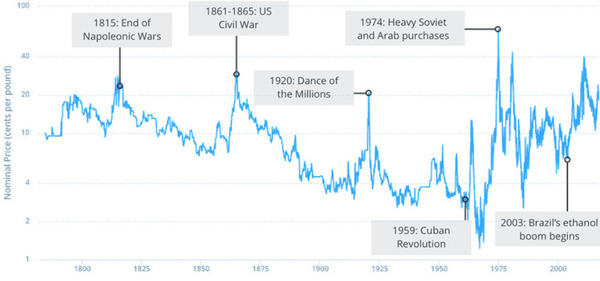
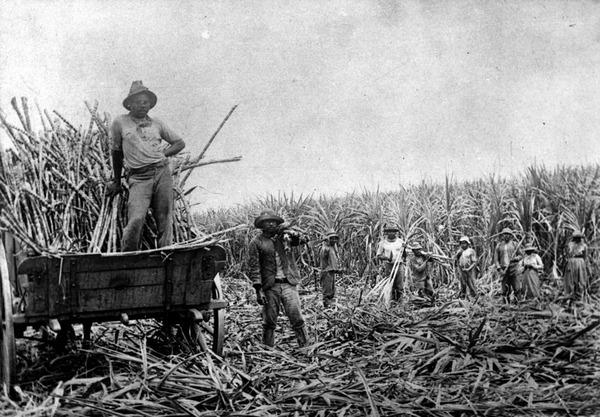
Tens of thousands of Pacific Island laborers were brought to Australia from neighboring Melanesian and Polynesian islands. In particular, Queensland, during the late 19th century, used these indentured laborers for work on sugarcane plantations. Estimates suggest around 60,000 to 80,000 humans were involved.
Fiji was another major destination and saw a significant influx of blackbirded laborers, with estimates ranging from 60,000 to 70,000 individuals. The sugarcane industry in Fiji heavily relied on coerced labor.
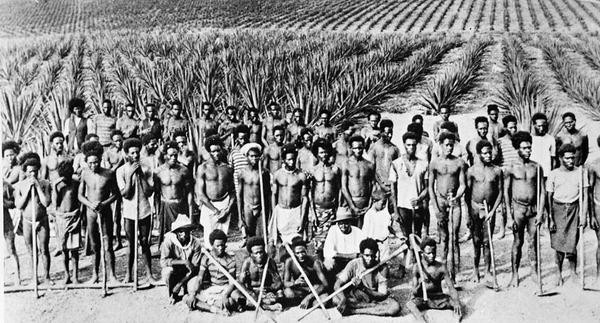
In Australia and other colonial powers involved in black birding, legislative measures were introduced to regulate and eventually restrict the recruitment of labor from Pacific Island nations. These measures aimed to improve labor conditions and protect the rights of indigenous populations. The practices associated with blackbirding were increasingly criticized by humanitarian and human rights advocates internationally. Reports of abuse, mistreatment, and exploitation of laborers led to growing pressure on countries involved in the practice to address these concerns. In various regions, including Australia and Fiji, labor reforms were introduced to address the unethical practices associated with blackbirding. The goal was to ensure fair treatment, appropriate wages, and better working conditions for laborers. Indigenous communities in affected regions began advocating for their rights and raising awareness about the mistreatment and exploitation they faced due to blackbirding. Their efforts contributed to increased attention on the issue and the need for change. As economies evolved and industries changed, the demand for labor through blackbirding diminished. Economic factors, coupled with increased awareness of ethical concerns, contributed to the decline of the practice. By the early 20th century, blackbirding had largely faded as a widespread practice due to a combination of the factors mentioned above. Many countries introduced laws and reforms to prevent the recruitment of labor through coercion and deception.

Formal Deportations of South Sea Island Laborers began in 1906 and continued until 1908. More than 7,500 South Sea Islanders were returned to their home country, though some had arrived in Australia at such a young age they would have had no memory of their exact origin. Indenture ceased in Fiji in 1911.
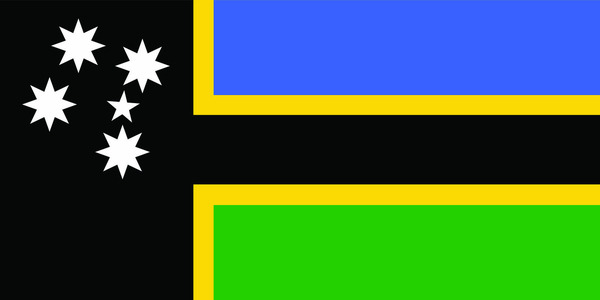
The official Australian South Sea Islander flag initially designed in consultation with the ASSI community. The flag was formally adopted in 1998. The color scheme incorporates colors resonant to people with forebears of which the three quarters of the trade were taken from the 83 islands of Vanuatu and are represented through colors green, gold and black, a third of the trade was from the Solomon Islands represented with blue, white, green. The overall flag is inclusive other parts of the South Pacific affected by Blackbirding as we are connected through the ocean blue and white stars.
While the formal abolition of blackbirding marked an important step in ending the exploitative practices, it's important to recognize that the legacy of blackbirding continues to impact affected communities to this day. The efforts to remember this history, address its consequences, and promote awareness of human rights and social justice continue in the affected regions.
BIRDS NESTING ABOARD IN COSTA RICA
BIRDS NESTING ABOARD IN COSTA RICA
SV FIREFLY, currently moored at Marina Papagayo in Costa Rica, recently had the opportunity to have some visitors aboard that made themselves right at home....and then up and left. No harm, no foul, and enjoyed being witness to such a precious time in a birds life.


Brenda shares the story:




SV FIREFLY 


